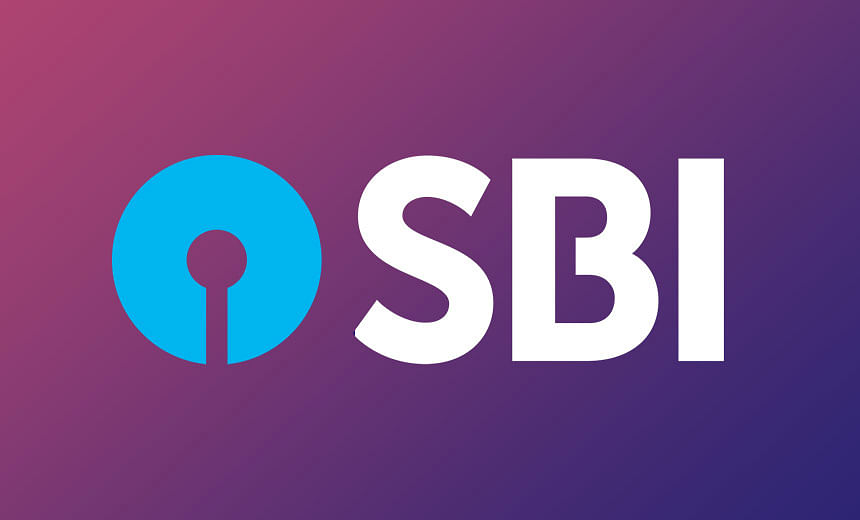
education
It’s difficult to imagine our lives without technology; in any task, we are dependent on it. We are living in an era where the potential of the technology is limitless and can be utilized to boost the efficacy, effectiveness and efficiency of education.
Let’s see how the use of technology is emerging in the field of education through some experts -- Ujjwal Singh, Vice President- Product & Innovation, Emerging Markets, Pearson; and Manju Gupta, Principal, Kothari International School
1. How can Technology play a major part in education?
With the emerging technologies in education changing the perception of learning, it has become possible to bring a measurable difference in students’ engagement and performance.
With an approach to transform the classroom learning and foster concept-based learning vis-a-vis rote learning, we developed MyPedia, a fully-integrated programme for the K-12 segment. It brings together teaching and learning tools such as course books, worksheets, in class digital videos, assessments and lesson plans supported by robust technology.
2. What are the pros and cons when it comes to technology in education?
Pros
Technology helps to eliminate redundant and administrative tasks allowing teachers to spend more time teaching. Various apps and platforms offer teachers various ways to track students’ progress and develop a more focused program based on their needs. Students learning beyond the classroom helps them understand the concepts in the shorter span of time suited to their learning styles.
Cons
India being a developing country, not all schools have the required technological infrastructure. Additionally, it is equally important for teachers to stay abreast with technology and constantly need hand-holding to use technology. Those who have been teaching all their lives using traditional methods may not be very susceptible to the changes being applied.
3. What are the basic trends?
Technology has given a whole new meaning to education and has opened a world of opportunities for students. There are various applications, software, and platforms which have emerged over the years to facilitate e-learning. Trends that have the potential to upturn the education landscape forever include personalized learning, adoption of AR/VR and cloud-based technology, and artificial intelligence.
Here are the responses from Manju Gupta, Principal, Kothari International School
1. How is Technology playing a major role in education in schools in a digital era?
There is a huge shift in the digital landscape of students and teachers. Teachers may use software to help them personalise learning so that each student can progress at the pace that is right for them. Rather than just teaching students in the middle of the class. They can connect their classroom with other classrooms in far-flung parts of the country/ world via live video chats to work on joint science experiments or to learn about communities very different from their own.
2. How are digital programmes like MyPedia assisting them?
Digital programmes like MyPedia is broadening the scope of traditional classroom teaching
It is providing better Simulations, Digital Models and Virtual Manipulative, Pedagogy of Storytelling and Multimedia projects.
It helps teacher diagnose the deficiencies much faster and precisely than a teacher would be able to do by herself across a classroom of 30 students.
3. What are the basic trends schools are following?
Schools are moving towards a “1 to 1” technology model, which seeks to provide each student, from kindergarten through high school, with a laptop or tablet. Such initiatives are not without controversy. The best 1 to 1 initiative is deliberate about recasting the role of the student from being a passive consumer of information to becoming a digital creator. In these classrooms, students use technology to create, to communicate, to solve, and to share.
4. What are the pro’s and con's when it comes to technology in education?
There's a steep learning curve for teachers accustomed to more traditional approaches. Many teachers would like to branch out more into digital learning but simply lack the professional learning experiences.
It can be difficult for schools to accept that they may need to reallocate funds away from less efficient practices to invest in technology.
It is important to keep a note whether a student is using the screen passively as a very expensive television or game console or if they are using the device acts as a tool to accomplish something productive.
Ujjwal Singh, Vice President- Product & Innovation, Emerging Markets, Pearson -- shares How Technology can play a major part in education.









